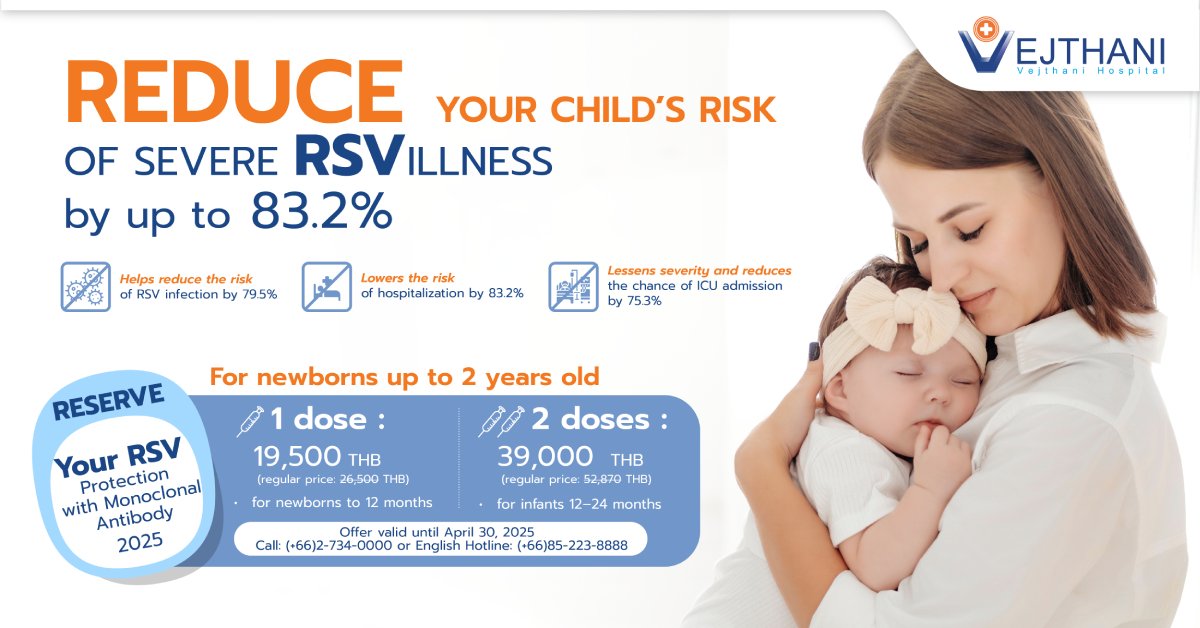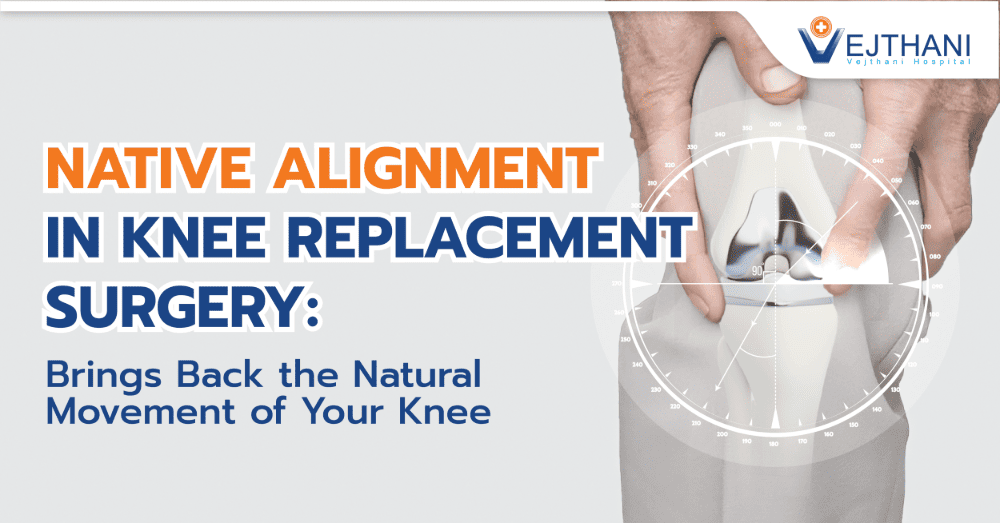
Adenoidectomy (Adenoid removal)
Overview
An adenoidectomy, also known as adenoid removal, is a surgical procedure designed to remove the adenoid glands in children.
Adenoids are small lumps of tissue situated in the upper airway behind the nose. In adults, these adenoids are deemed a vestigial organ, meaning they are a remnant with no apparent purpose.
Adenoid glands form part of a child’s immune system. These glands combat bacteria and viruses that are inhaled. However, they may become enlarged and swollen. This inflammation of adenoids can arise from infections, allergies, or other factors. In some cases, certain children may be born with unusually large adenoids.
Surgical removal might be necessary if the swollen adenoids are partially obstructing the child’s airway.
An adenoidectomy is typically performed on children aged 1 to 7 years old since children’s adenoids naturally start diminishing around the age of 7 and are nearly absent in the teen years.
Reasons for undergoing the procedure
An adenoidectomy addresses enlarged adenoids that may result in a constricted airway and can give rise to various problems that necessitate intervention, such as:
- Ear infections: Temporary hearing loss in children may result from recurrent ear infections and persistent fluid in the ear.
- Sinus infections: Frequent sinus infections, congestion, and persistent nasal discharge may be experienced by children with enlarged adenoids.
- Breathing issues: Severe cases of enlarged adenoids can result in sleep apnea, a condition that prevents one from breathing at night. Trouble breathing may also occur during the day and while attempting to go to sleep.
- Sleep issues: Daytime irritability may be caused by insufficient rest during the night due to snoring and difficulties in sleeping.
Risk
While uncommon, an adenoidectomy does come with some potential risks, including the possibility of infection, mild discomfort, adverse reactions to anesthesia, excessive bleeding, and even permanent alterations in vocal quality. Additionally, it’s important to note that this procedure may not always effectively resolve underlying respiratory problems, ear infections, or issues with nasal drainage.
Removing them completely can be challenging due to their deep location within the nasal passage. In very rare instances, a second surgery might be necessary if the child’s adenoids re–grow and still cause problems.
Before the procedure
An adenoidectomy is often recommended upon evaluating the child’s symptoms and health history. The condition of the adenoid is also examined using an X–ray or a tiny camera inserted into their nose.
If the child becomes ill before the scheduled surgery, the healthcare provider may recommend postponing the procedure. Thus, it is advisable to observe the child for signs of a cold, flu, or any respiratory infection.
Children may be required to abstain from eating and drinking prior to the procedure. The healthcare provider may also advise which medications a child can or cannot take in the days and weeks preceding their surgery. This may include guidance to abstain from aspirin, ibuprofen, and other blood–thinning medications.
During the procedure
An adenoidectomy is a simple and brief surgical procedure that takes approximately 30 minutes to complete. The surgery done under general anesthesia and is conducted through the mouth.
During the adenoidectomy procedure, the healthcare provider, usually an ear, nose, and throat (ENT) surgeon, will open the child’s mouth and remove the adenoids without making any visible incisions on the skin.
To control bleeding, electrocauterization surgery is performed. This involves applying a heated wire to the incision site inside the child’s mouth.
If the child’s tonsils are swollen and causing symptoms, the healthcare provider might opt to perform a tonsillectomy concurrently. It is common for these surgeries to be conducted together.
After the procedure
The child’s ability to breathe, cough, and swallow is assessed once awake from anesthesia.
Most children are discharged on the same day as their surgery. However, if the healthcare provider deems it necessary to monitor the child more closely, an overnight stay in the hospital may be required.
Outcome
An adenoidectomy is typically a safe procedure, and children generally make a full recovery. Children without enlarged adenoids often experience improved overall health, with fewer respiratory and ear–related issues. Their immune systems remain robust and comparable to those of children with adenoids. The absence of adenoids does not impede their ability to effectively combat germs, as the immune system is remarkably adaptable.
Nonetheless, as complications can arise, it is essential to closely monitor them. Seek advice from a healthcare professional if any of the following symptoms occur:
- Difficulty swallowing
- Challenges in ingesting food or liquids
- Coughing up blood that resembles coffee grounds or blood clots
- Fever persisting for three days or more after the surgery
Contact Information
service@vejthani.com






















